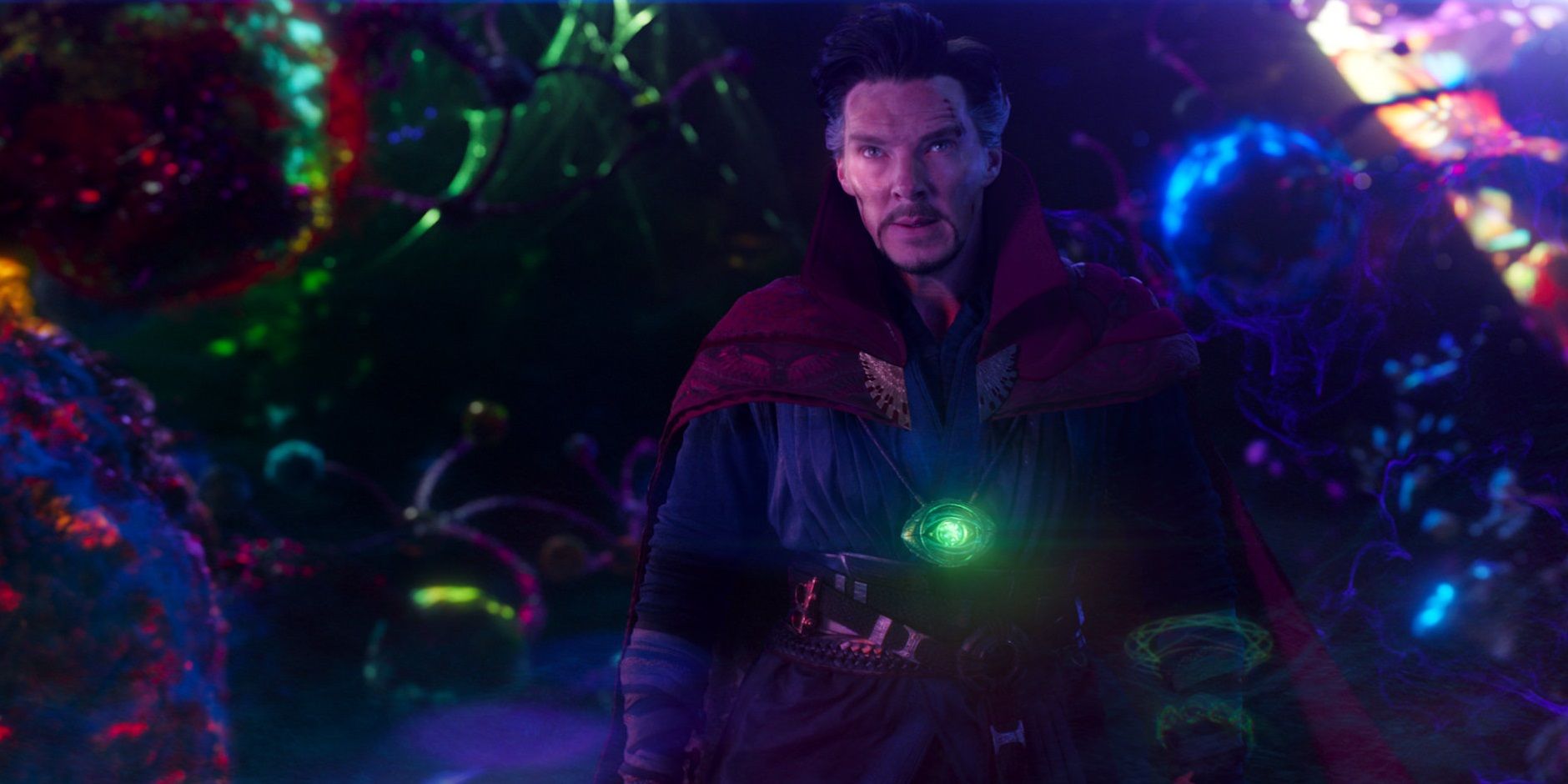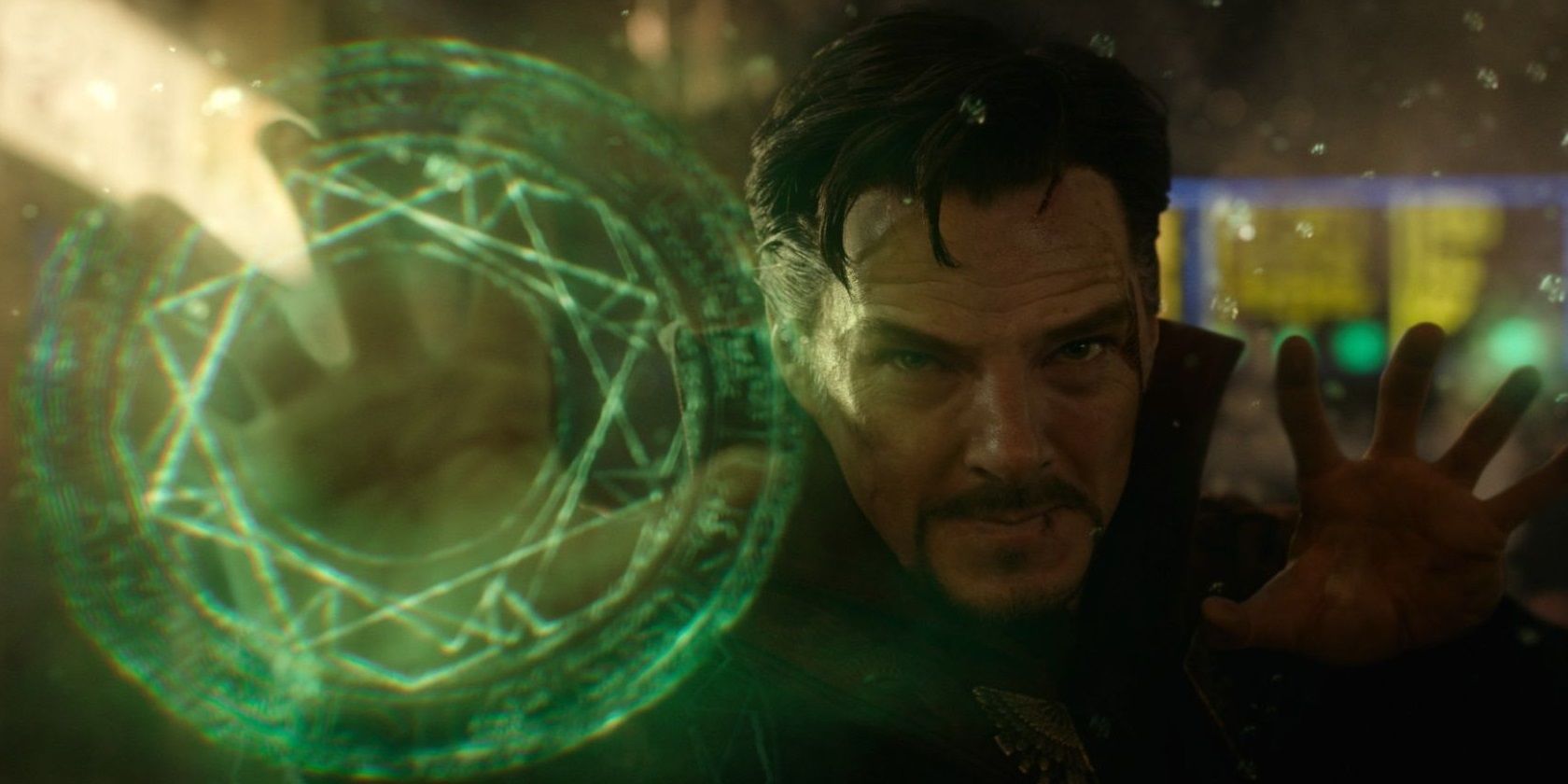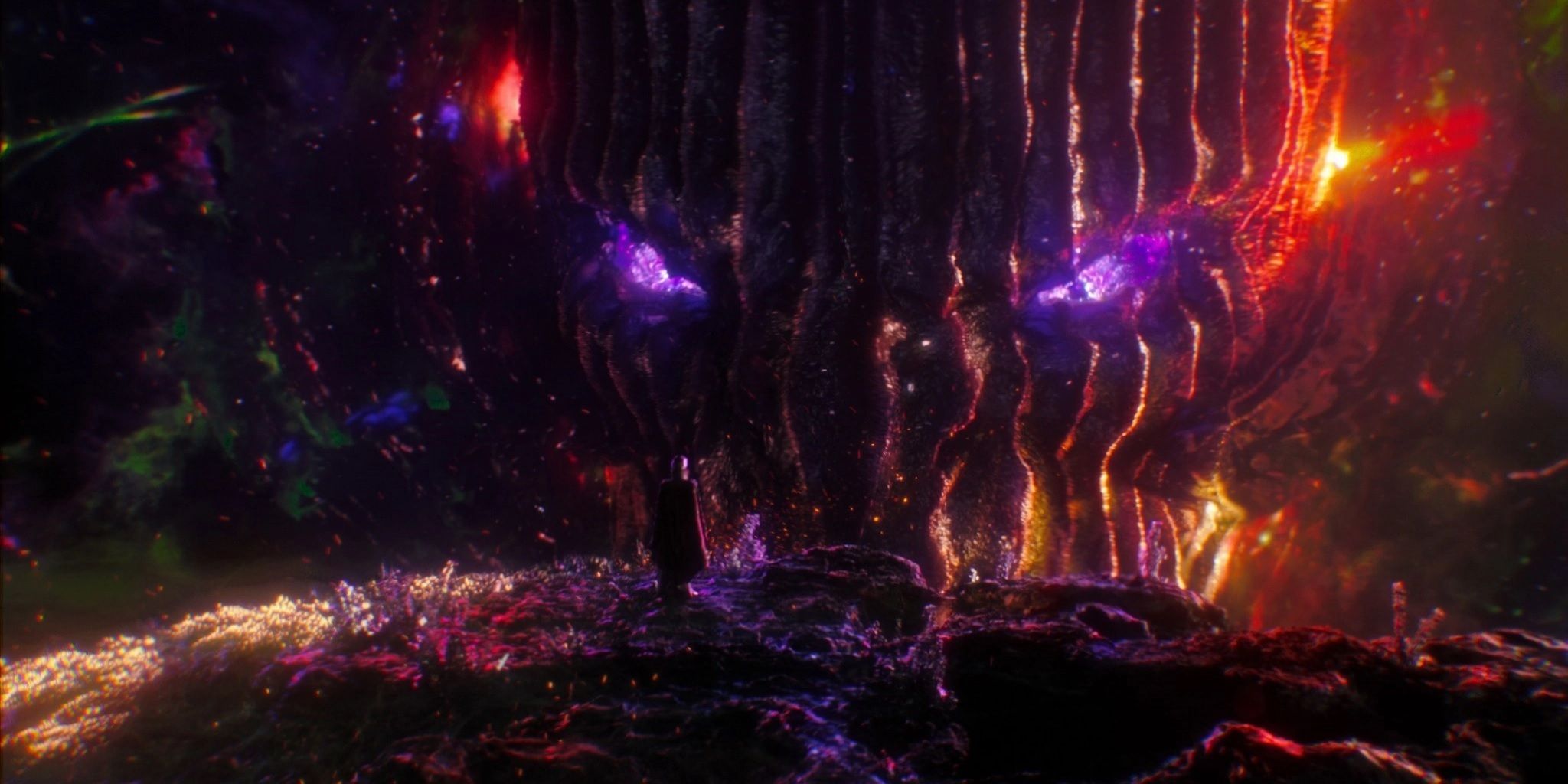While Martin Scorsese’s declaration that the Marvel Cinematic Universe doesn’t count as real cinema is a little extreme, the franchise’s movies do tend to follow a familiar cookie-cutter formula. Namely, the majority of the MCU’s movies culminate in a large-scale battle sequence that totals an entire city or planet. The Avengers ends with the Battle of New York, Spider-Man: Far From Home ends with the Battle of London, Guardians of the Galaxy ends with the Battle of Xandar, etc. Even the MCU’s most atypical entries, like Thor: Ragnarok and WandaVision, end with a big battle scene.
For the most part, 2016’s Doctor Strange is one of the MCU’s most formulaic entries. It hits all the expected beats of a superhero origin story, its romantic subplot is as dull and perfunctory as they come, and the hero’s mentor dies right on schedule. The movie’s mind-bending visual effects are let down by its generic script. Having said that, Doctor Strange does nicely subvert the expectations of the MCU’s final battles.
Some of the MCU’s final battle sequences are too big for their own good, especially since three movies a year trying to top each other’s final battles have made the whole thing an exercise in one-upmanship. In Avengers: Age of Ultron’s Battle of Sokovia, the entire city of Novi Grad is hoisted up into the sky and filled with killer robots. In Captain America: The Winter Soldier’s Battle at the Triskelion, Steve Rogers crashes a Helicarrier into Washington, D.C. When Mysterio joked about an “Avengers-level threat” in Far From Home’s final battle, it seemed like a meta nod to the notion that the bigger a final battle is, the better.
The problem with these huge battle scenes is that they lose sight of the hero’s journey. Iron Man 3 gets plenty of dramatic mileage out of Tony Stark’s post-Avengers PTSD, but those themes go right out the window when there’s an army of robotic suits fighting an army of Extremis super-soldiers. That’s what makes the final battle in Doctor Strange so refreshing. It stays focused on Stephen Strange’s character without getting bogged down in big-budget spectacle. Strange doesn’t use brute force or God-given superpowers to defeat the villain; instead, he defeats the villain with his wits.
There’s no widespread destruction in Doctor Strange’s final battle. In fact, Strange traps Dormammu in a time loop specifically to avoid that kind of city-wide devastation. In the movie’s climactic set-piece, Dormammu arrives to destroy Earth and Strange confronts him in the Dark Dimension with the now-iconic line, “Dormammu, I’ve come to bargain.” Dormammu refuses to bargain and instantly kills Strange, so the Sorcerer Supreme creates a time loop endlessly repeating his arrival in the Dark Dimension. Every time Dormammu kills Strange, he just loops back around and says, “Dormammu, I’ve come to bargain.” When Dormammu finally gets bored of killing Strange over and over again, he relents and agrees to leave Earth alone.
The best superhero origin movies don’t just explain how the hero got their powers and their costume and their alter ego; they also have a crucial scene defining the unique quality that makes them a true superhero. In Wonder Woman, it’s when Diana crosses No Man’s Land. In Black Panther, it’s when T’Challa returns to reclaim his throne. And in Doctor Strange, it’s when Strange uses a time loop and some well-timed dry humor to defeat the Lord of Chaos.
The MCU’s usual battle formula can be a lot of fun and the franchise’s big battle sequences always provide plenty of third-act thrills, but they tend to be predictable because they pan out the same way every time (except in Infinity War when the bad guy surprisingly won). It’s hard for an audience to make a connection with this kind of large-scale carnage, especially if the villains have an army of faceless, expendable goons like the Chitauri or the Outriders, whose deaths make no emotional impact whatsoever.
Another brilliantly subversive MCU battle can be found in Captain America: Civil War. The movie’s big battle sequence is the Berlin airport fight in the middle act. The final battle is much more intimate, involving just three characters and very personal stakes. Tony Stark finds out Bucky killed his parents and Steve Rogers desperately tries to prevent one of his pals from exacting revenge against another. Instead of demolishing buildings, this sequence demolishes friendships. Like Doctor Strange, Civil War was released in 2016. That was a good year for Marvel fans who’d become disillusioned with the franchise’s formulaic final battles.
Sam Raimi’s upcoming sequel to Doctor Strange, titled Doctor Strange in the Multiverse of Madness, promises to be an even more subversive Marvel blockbuster than its predecessor. It’s set to be the MCU’s first full-blown horror movie, so instead of a mega-sized battle, it could culminate in a terrifying standoff like the night-vision scene in The Silence of the Lambs or Chris’ vengeful rampage at the end of Get Out.



